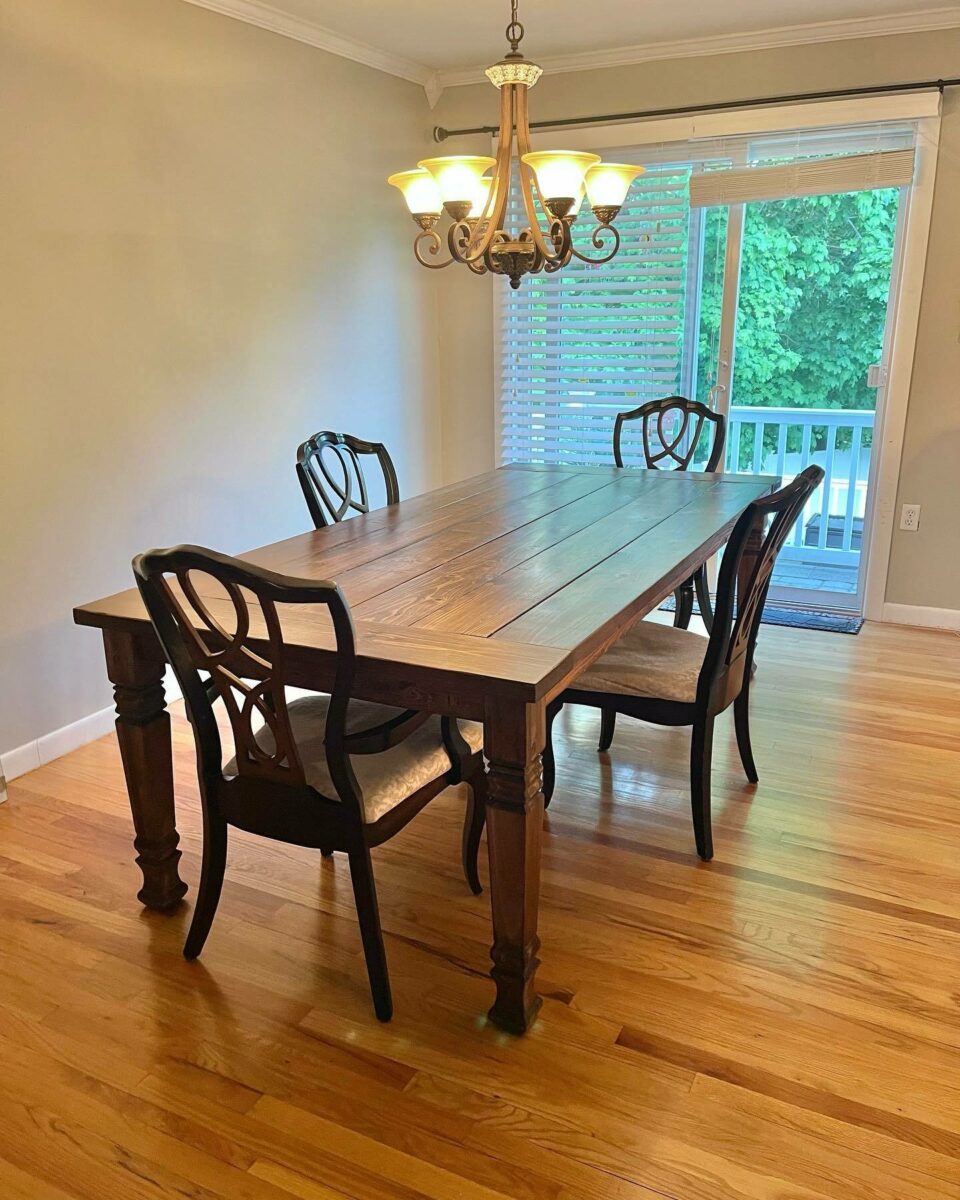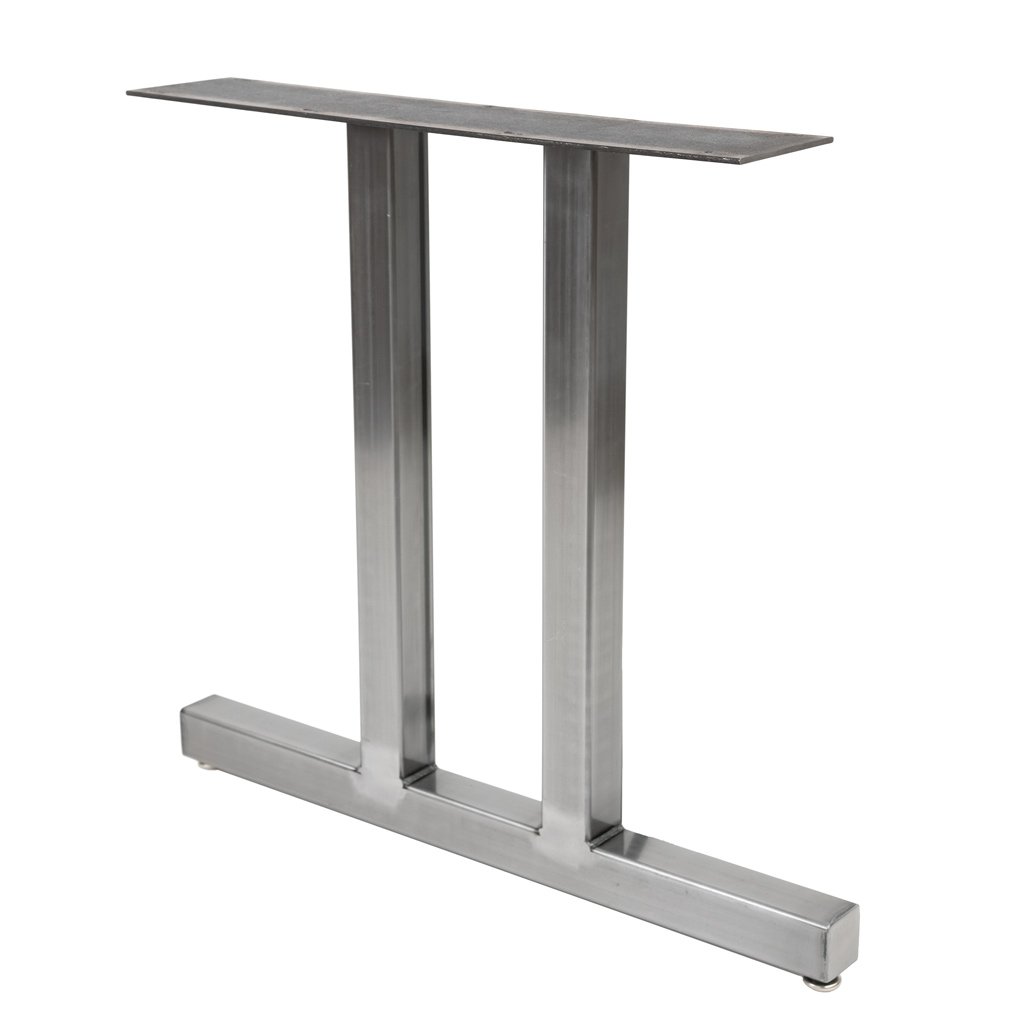Expert Tips for Installing Dining-room Table Legs for Maximum Stability
When it comes to installing dining room table legs, accomplishing maximum stability is critical for both functionality and aesthetics. What particular techniques can enhance stability even additionally?
Pick the Right Legs
When selecting the suitable legs for your dining room table, it is vital to consider both functionality and appearances. The legs you choose will considerably influence the overall design and security of the table. Initially, examine the table's planned usage; if you anticipate regular events, stronger legs, such as those made from strong wood or metal, may be better, as they offer increased sturdiness and support.
Following, think about the height and style of the legs in connection with the table top. Conventional dining tables normally vary from 28 to 30 inches in elevation, so make certain the legs line up with this standard for comfort. The design of the legs should enhance the layout of the table top-- whether it be modern-day, rustic, or conventional. Conical legs can include a contemporary touch, while transformed legs might convey an extra traditional visual.

Select Appropriate Equipment
How can the ideal hardware boost the stability and durability of your dining-room table? The selection of proper equipment is critical to making sure that the legs of your table are securely connected and able to endure normal usage. Top quality screws, bolts, and braces supply the necessary stamina to sustain the weight of the table, as well as any type of additional loads put upon it throughout dishes or gatherings.
When selecting screws, go with those made from long lasting products such as stainless steel or brass, which withstand corrosion and maintain stability in time. The size of the screws is equally important; they ought to permeate deeply into the table's framework without compromising stability. For bolted links, take into consideration using lock washers to avoid loosening due to resonance or activity.
Additionally, making use of corner braces can add added assistance, particularly for bigger tables or those with much heavier tops. These braces distribute weight equally and help keep the table's form. Making certain that the hardware you choose is suitable for the particular products of your table will even more enhance its overall security and durability, permitting you to appreciate your dining experience for years ahead.
Ensure Proper Placement
Appropriate placement of dining space table legs is important for both visual allure and useful stability. To achieve optimal placement, start by determining the range from the table's edges to the leg accessory factors.
Utilize a level during installation to confirm that each leg is perpendicular to the table top. It is a good idea to note the desired leg settings on explanation the bottom of the table with a pencil or masking tape before safeguarding them.
Moreover, verify the placement after the initial screws are tightened, as modifications may be required before totally protecting the equipment. By focusing on correct alignment, you not only enhance the table's general style yet additionally guarantee that it stays stable and functional for many years ahead.

Take Into Consideration Weight Distribution
After making certain correct placement of the dining room table legs, it is necessary to take into consideration weight circulation to improve stability and functionality. dining room table legs. Proper weight distribution is important in preventing ensuring and tottering that the table Click This Link can sustain its designated lots without danger of tipping or collapsing
When positioning the legs, ensure they are placed at equal distances from the facility of the table to equally disperse the weight across the structure. Consider the weight of the table top and any kind of products that will frequently relax on it, such as tabletop appliances or decorative items. Tables with heavier surface areas ought to ideally have legs located closer to the corners, as this takes full advantage of the base of support and lessens the risk of instability.
Furthermore, if the table is planned for usage in a high-traffic area, think about using larger materials for the legs or adding supporting elements, such as cross-bracing or a lower rack - dining room table legs. These modifications can help keep equilibrium and stop shifting throughout usage. Inevitably, a well-considered weight distribution approach will dramatically improve the table's overall efficiency, guaranteeing it remains a useful and appealing centerpiece for your dining area
Test Security Before Usage
Evaluating the security of the dining-room table prior to use is an important action that must not be ignored. Making certain that the table is safe and stable can prevent mishaps and prolong the life expectancy of the furniture. Begin by applying gentle pressure to numerous factors on the table surface area. Lower on the center and after that along the edges, moving or observing any kind of wobbling. If the table shows instability, determine the legs or joints that may need change.
Following, examine that all bolts and screws are tightened appropriately. Loosened links can bring about instability and possible damages with time. If necessary, utilize wood adhesive on joints to boost stability, making certain to allow ample drying time.

Verdict
In verdict, the installation of eating room table legs requires careful consideration of products, positioning, hardware, and weight circulation to attain optimum stability. By picking tough legs and premium fasteners, making certain accurate positioning, and distributing weight uniformly, the structural stability of the table can be significantly boosted. Performing a security test before regular usage additionally makes sure that the table will endure everyday pressures, thereby giving a safe and reputable dining experience.
When it comes to installing eating space table legs, achieving maximum security is extremely important for both capability and aesthetics. The legs you choose will considerably influence the total layout and stability of the table (dining room table legs). Common eating tables generally vary from 28 to 30 inches in height, so guarantee the legs line up with this requirement for comfort.Correct alignment of eating room table legs is necessary for both visual appeal and useful security.In conclusion, the setup of eating area table legs needs careful consideration of products, hardware, weight, and alignment circulation to attain optimum stability